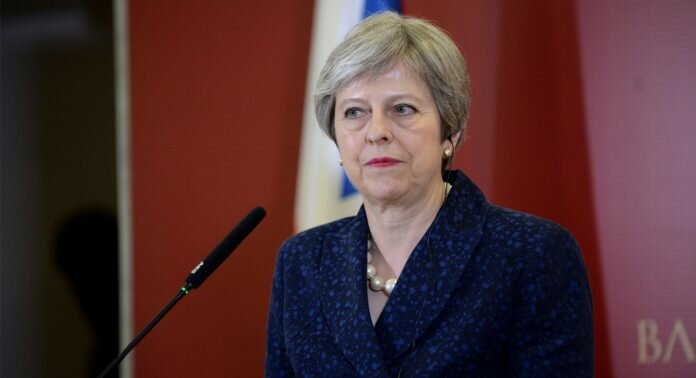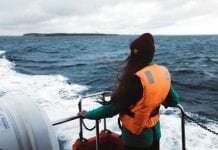
The UK has announced new plans to expand its Marine Conservation Zones to protect 41 new sites as part of its wider ocean conservation strategy.
The announcement was made on World Oceans Day, which encourages people to take action to improve the health of the world’s oceans. The new Marine Conservation Zones will safeguard almost 12,000km2, an area nearly eight times the size of Greater London, covering the breadth of the country’s coastline.
Further, the new designations will constitute the biggest expansion of the UK’s ‘blue belt’ of protected areas ever undertaken, and are supported by recent legislation to limit single-use plastics in the oceans.
What happens to areas designated Marine Conservation Zones?
When the new areas are assigned Marine Conservation Zones, no new activities that are deemed damaging to marine environments will be allowed to take place. This includes dredging, coastal or offshore development, and a number of other activities which can cause physical changes to marine environments.
Further, some designations will be made to areas where rare or endangered species make their habitats. Under the programme, these areas and the threatened species that live there – including the short-snouted seahorse, stalked jellyfish and peacock’s tail seaweed in the new designation – will receive specific protections.
50 Marine Conservation Zones have already been designated under the scheme since 2013, and the country has also launched a consultation on the 41 most recent proposals. After a six week period, the designations will be confirmed.
What has the government said?
UK Prime Minister Theresa May said that the Marine Conservation Zones programme was a vital element of the UK’s 25-year environment plan, and that it would continue to address the growing problem of plastic waste in marine environments.
She explained: “There is an urgent need for greater global action and co-ordination on marine plastics pollution, including working with business, industry and non-governmental organisations to find innovative and effective solutions. This is a global problem, requiring global solutions.”


















